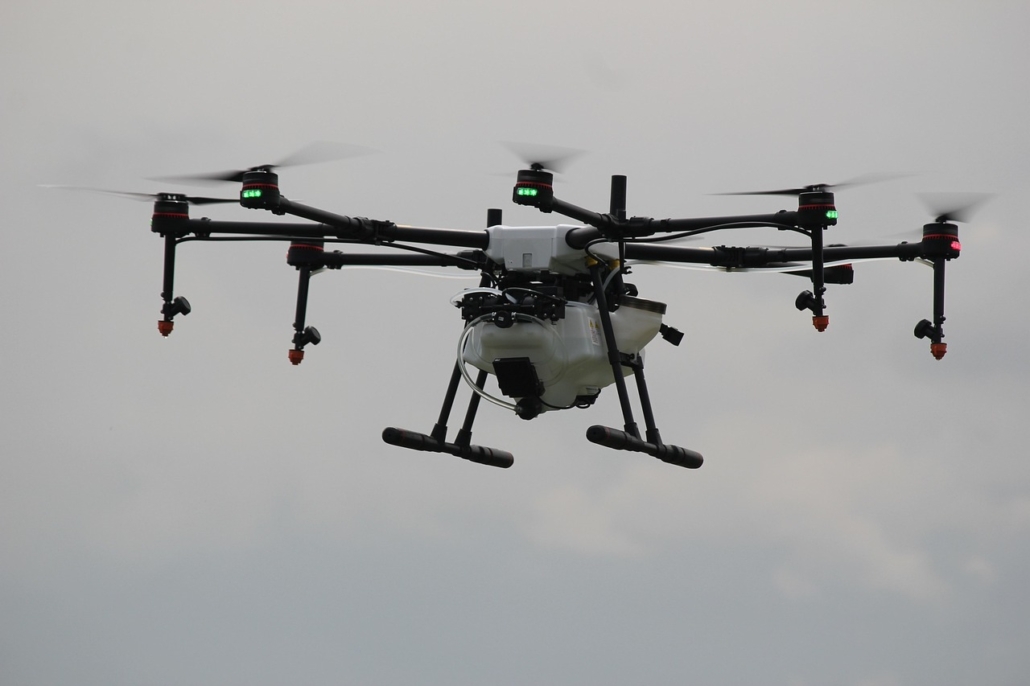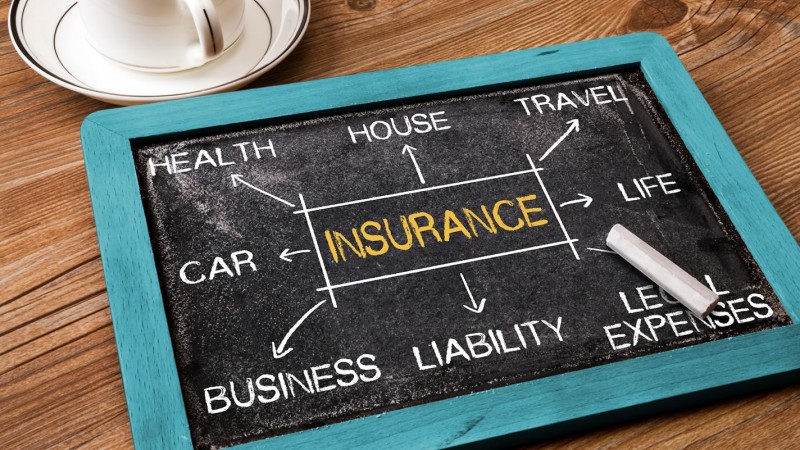Employer of Record and Drones: Two Challenges Employers Face

As we enter 2025, two common issues have emerged that pose potential coverage problems for an organization’s financial well-being: Employer of Record Agreements and the use of drones.
**EMPLOYER OF RECORD AGREEMENTS**
More U.S. companies are hiring talent from around the globe, thanks to advancements in technology that simplify communication, expand operational hours, and facilitate talent acquisition. To manage global hiring, organizations often turn to Employer of Record (EOR) services such as Globalization Partners, Oyster HR, and Velocity Global. These EOR organizations handle payroll, taxation, benefits, and local legal compliance for the U.S. entity.
However, an unintended consequence of this arrangement is that an organization might discover it lacks coverage after a loss caused by an EOR employee. Insurance policies typically have clauses that define “Who is an Insured.” While employees are generally considered insureds, policies also specify what constitutes an employee. If a policy’s definition excludes EORs, coverage for losses arising from EOR employment issues will not be available for the U.S. organization or the individual named in a lawsuit.
Furthermore, different policies issued by the same carrier may have varying definitions. For instance, General Liability coverage might include protections that are absent in Professional Liability policies.
When reviewing insurance programs, it is critical to:
- Identify where the organization has “employees” and determine if any non-U.S. talent falls under an Employer of Record program. If so,
- Collaborate closely with insurance carriers and underwriters when applying for or amending coverage to ensure that EOR employees are properly covered.
Many organizations, insurance brokers, and carriers may not be aware of this challenge, making it essential to recognize and address it promptly. Please reach out to your Cleary Account Manager to discuss whether EORs are being utilized.
**DRONES**
Drones are increasingly used in commercial operations, benefiting industries such as roofing, real estate, and insurance adjusting. They allow for safer and more efficient property inspections, often from a distance, which can be beneficial for risk management in Workers’ Compensation.
However, this innovation presents potential challenges for an organization’s General Liability (GL) exposure. GL insurance typically provides coverage for bodily injury and property damage to others. If a drone causes injury or damage, one would generally look to the GL policy for defense and settlement coverage. The complication arises from the GL policy’s list of exclusions, which commonly includes the use of aircraft.
If your organization is using drones, please contact your Cleary Account Manager to discuss the implications for your coverage.







